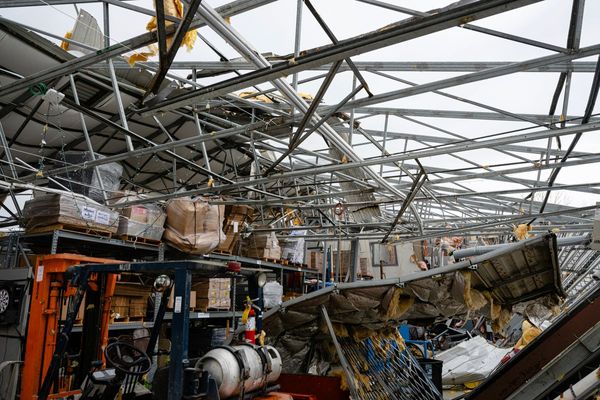
A thruster problem has meant a spaceship has passed incredibly close by Mercury – and taken stunning images of the planet.
Scientists have been working to overcome a glitch that prevented BepiColombo’s thrusters from operating at full power.
BepiColombo is a joint mission of the European Space Agency and the Japan Aerospace Exploration Agency (ESA/JAXA) to study the planet nearest the Sun.
The flyby on 4 September passed just 165km (541338.6 feet) above the planet’s surface, 35km (114829.4 feet) than originally planned due to the new route devised by ESA’s flight dynamics team.
BepiColombo launched into space in October 2018 and is making use of nine planetary flybys: one at Earth, two at Venus, and six at Mercury, to help steer itself into orbit around Mercury. Once in orbit, the main science phase of the mission can begin.
ESA said: “It’s worth remembering that these images are a bonus: the M-CAMs were not designed to photograph Mercury but the spacecraft itself, especially during the challenging period just after launch. They provide black-and-white 1024×1024 pixel snapshots.
“BepiColombo’s main science camera is shielded during the journey to Mercury, but it is expected to take much higher-resolution images after arrival in orbit.”
Produced in association with SWNS Talker







